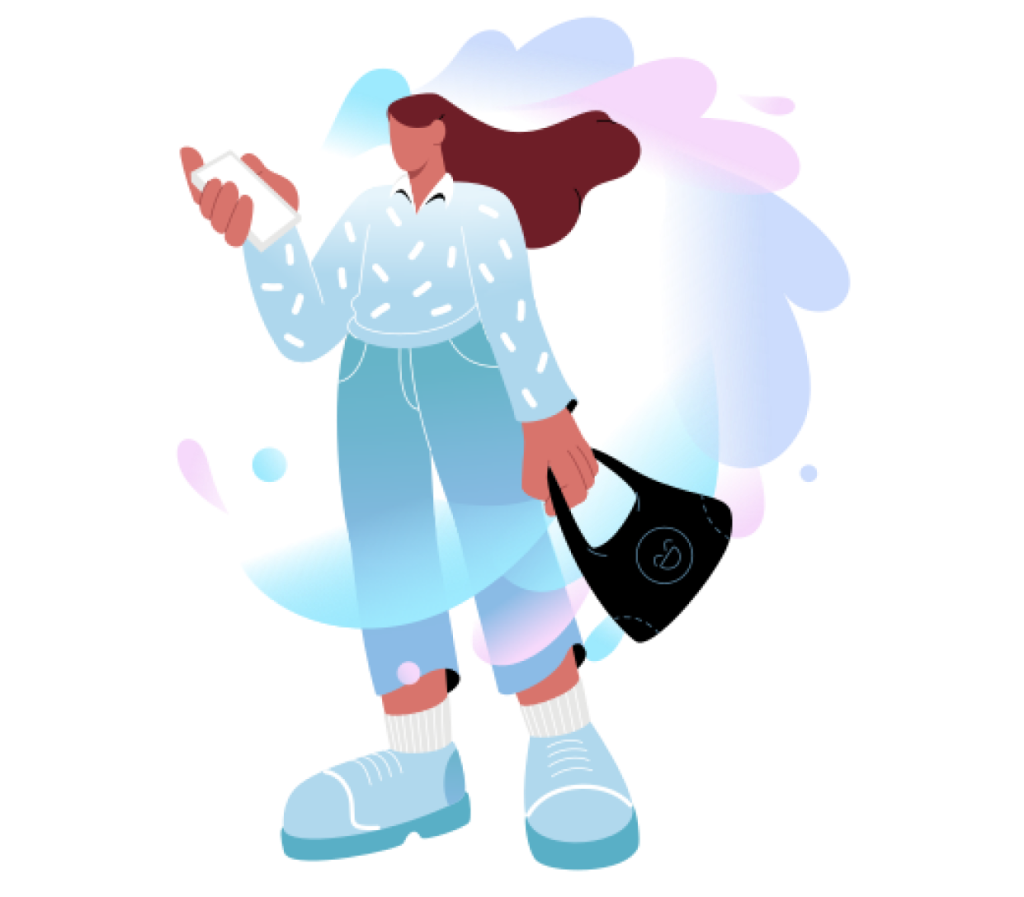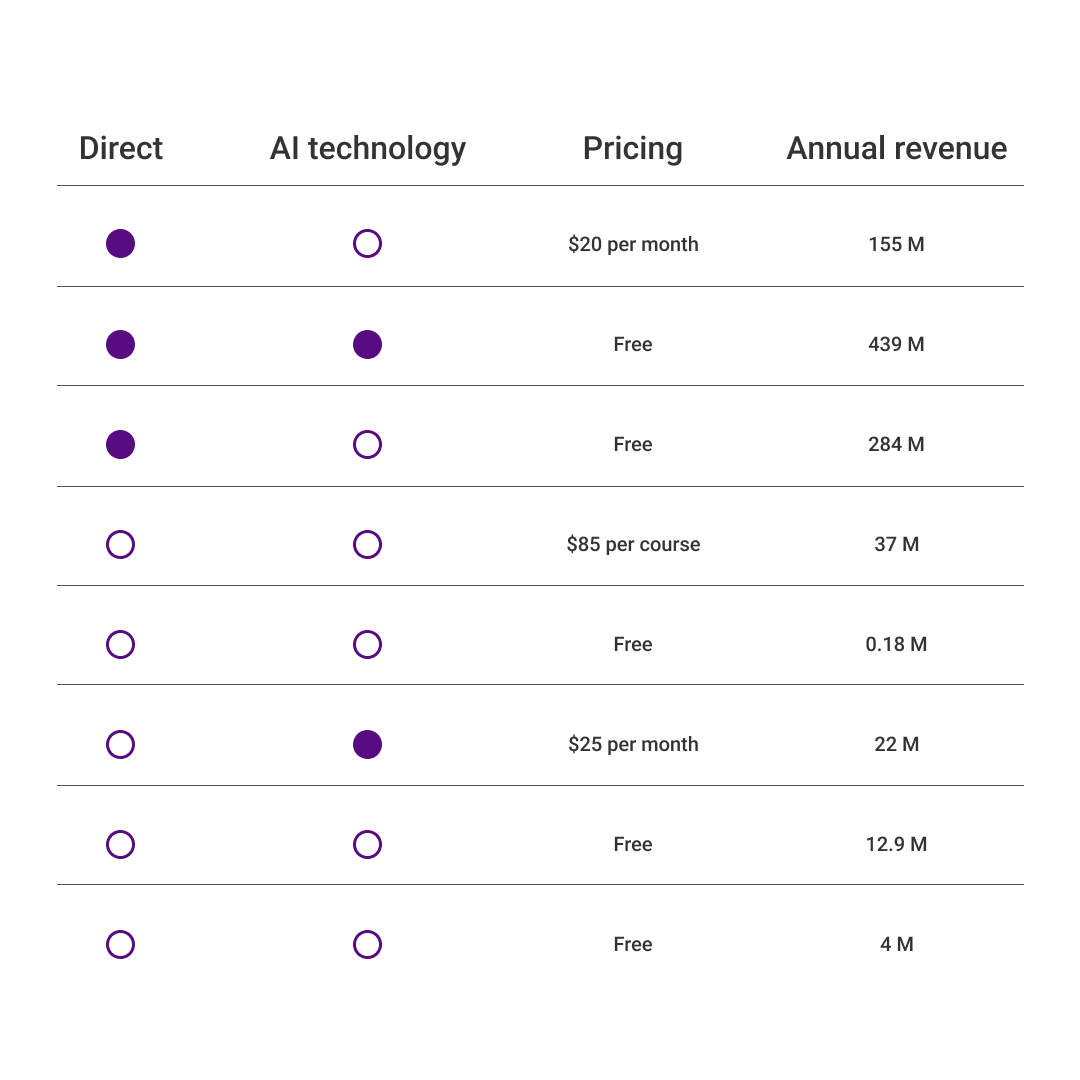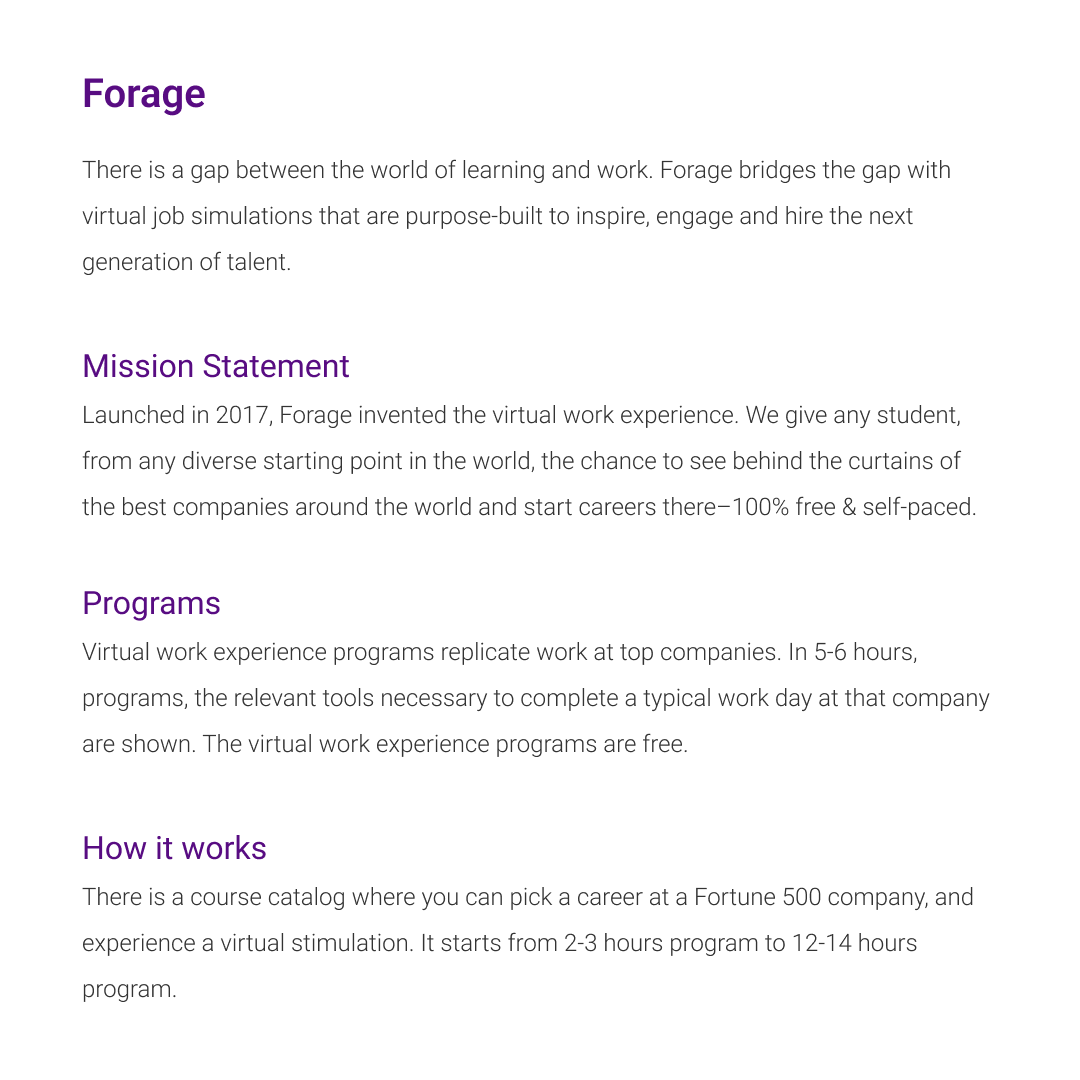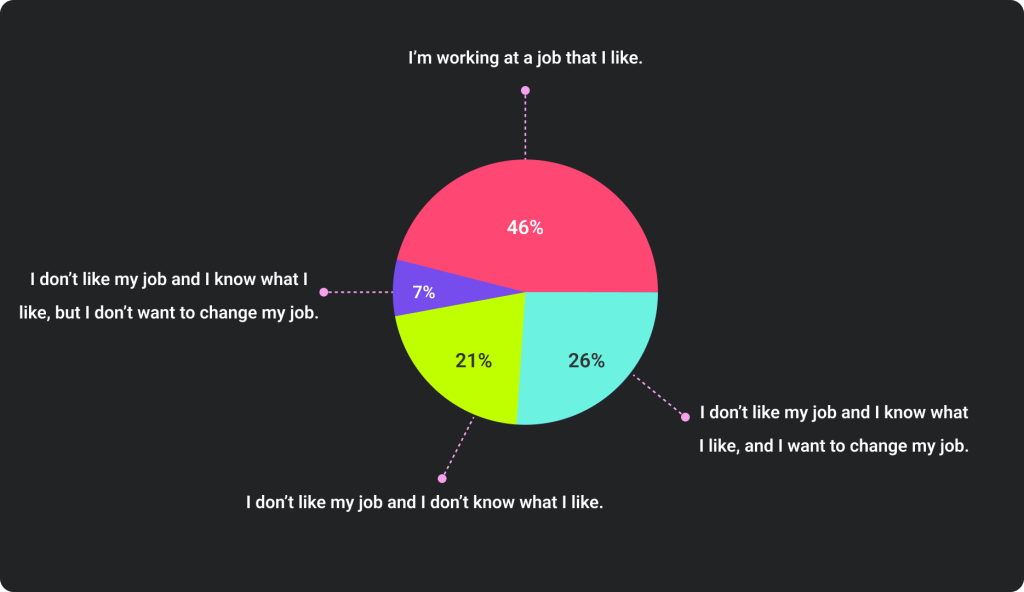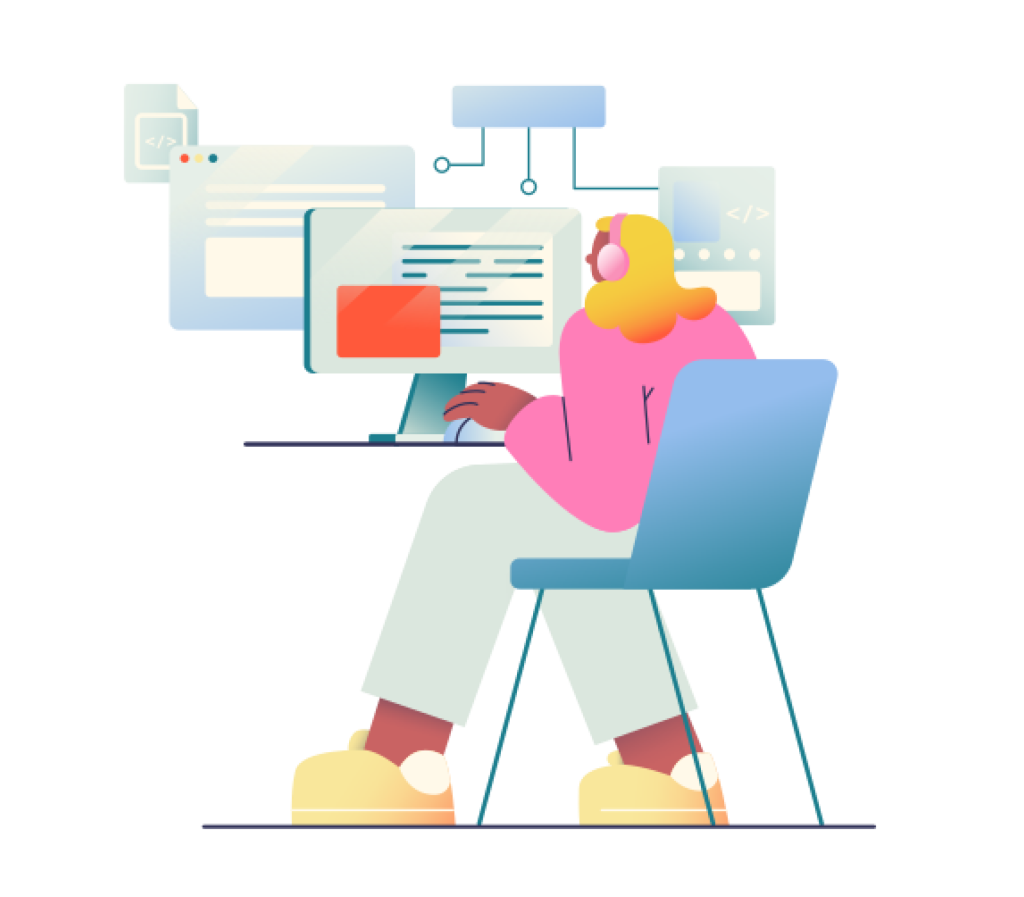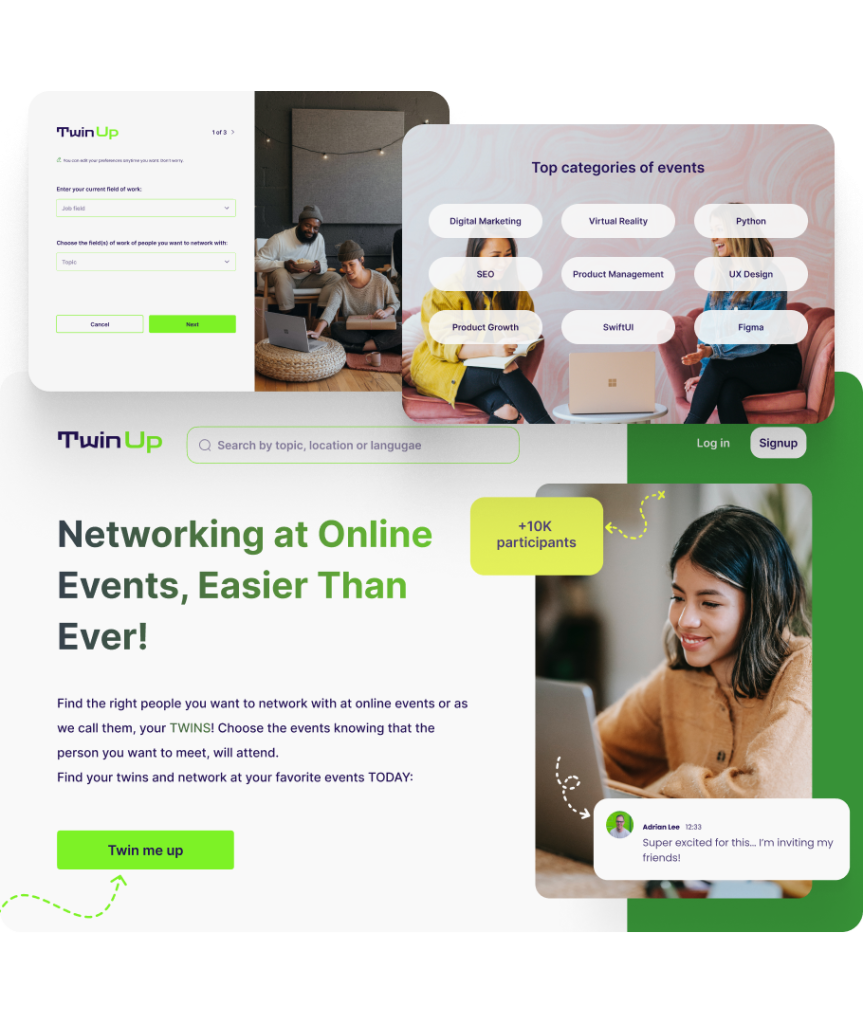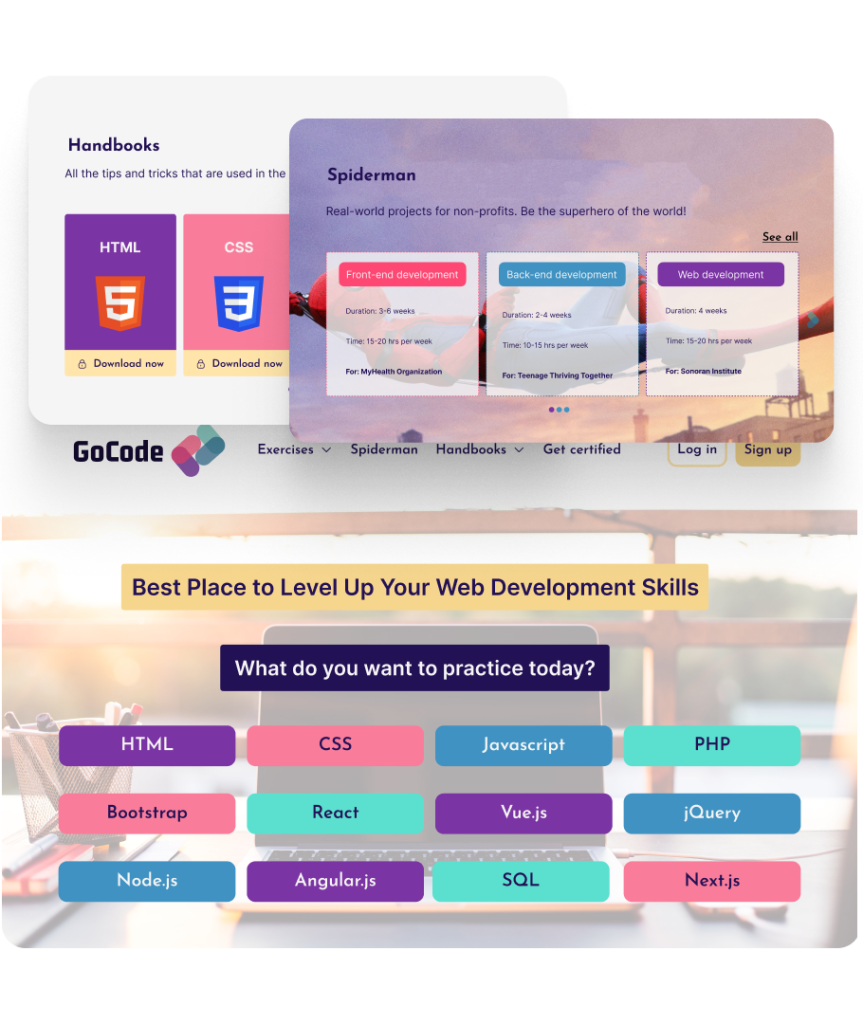Step By Step
Career aptitude platform to discover your dream job
UX research ▪ Freelance ▪ Contract
Challenge
How might we help college graduates find a job that they’re passionate about?
Role
Sole UX researcher
Deliverables
- Competitive analysis
- Survey design and analysis
- User interviews
- Persona
Tools
- Google suite
- Porsline (a Persian online survey tool)
- Microsoft office
Timeline
July 2022 – December 2022

